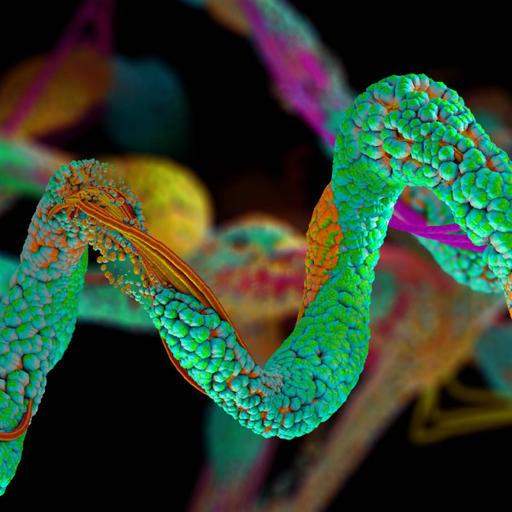Amino Acids & Proteins
Presentations | English
Both animal and plant proteins are made up of about 20 common amino acids. The proportion of these amino acids varies as a characteristic of a given protein. Amino acids are molecules that combine to form proteins. Amino acids and proteins are the building blocks of life. When proteins are digested or broken down, amino acids are left. The human body uses amino acids to make proteins to help the body: to break down food, to grow, to repair body tissue and to perform many other body functions. Amino acids can also be used as a source of energy by the body. Essential amino acids cannot be made by the body. As a result, they must come from food. The nine essential amino acids are: histidine, isoleucine, leucine, lysine, methionine, phenylalanine, threonine, tryptophan and valine. Proteins are among the most abundant organic molecules in living systems and are way more diverse in structure and function than other classes of macromolecules. A single cell can contain thousands of proteins, each with a unique function.

Free
PPTX (62 Slides)
Amino Acids & Proteins
Presentations | English
